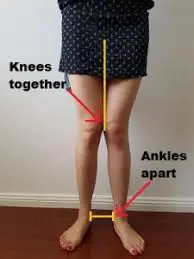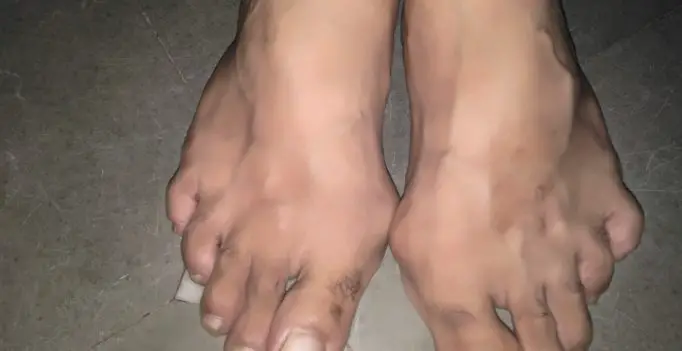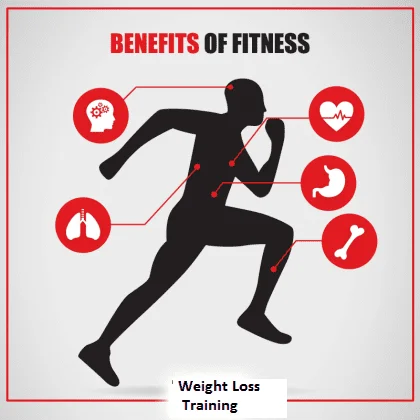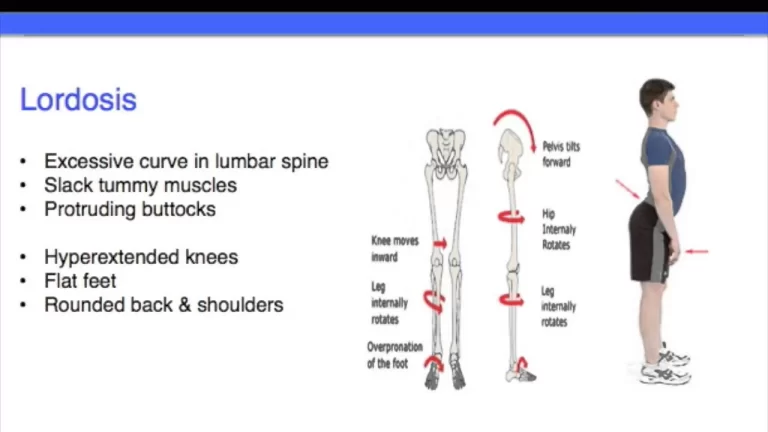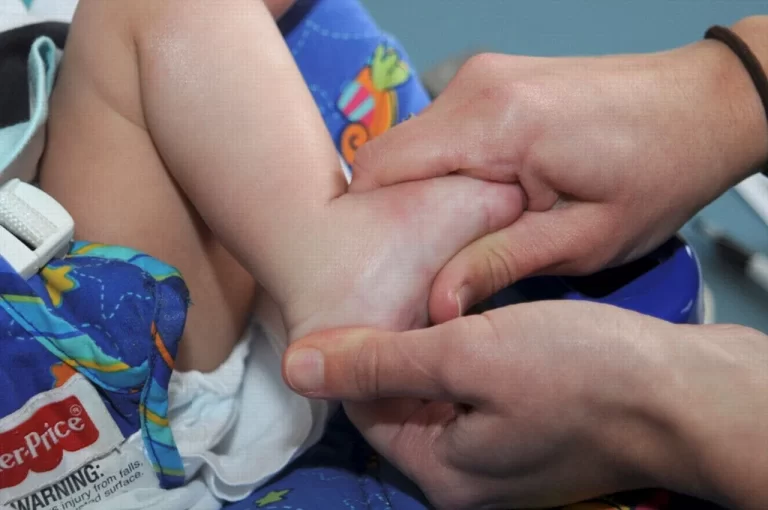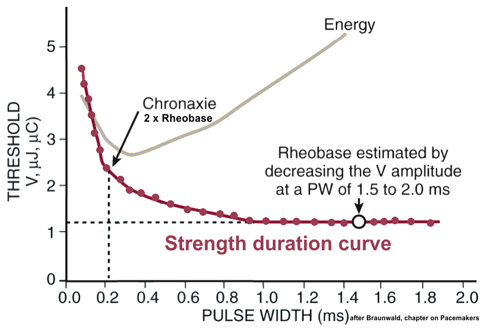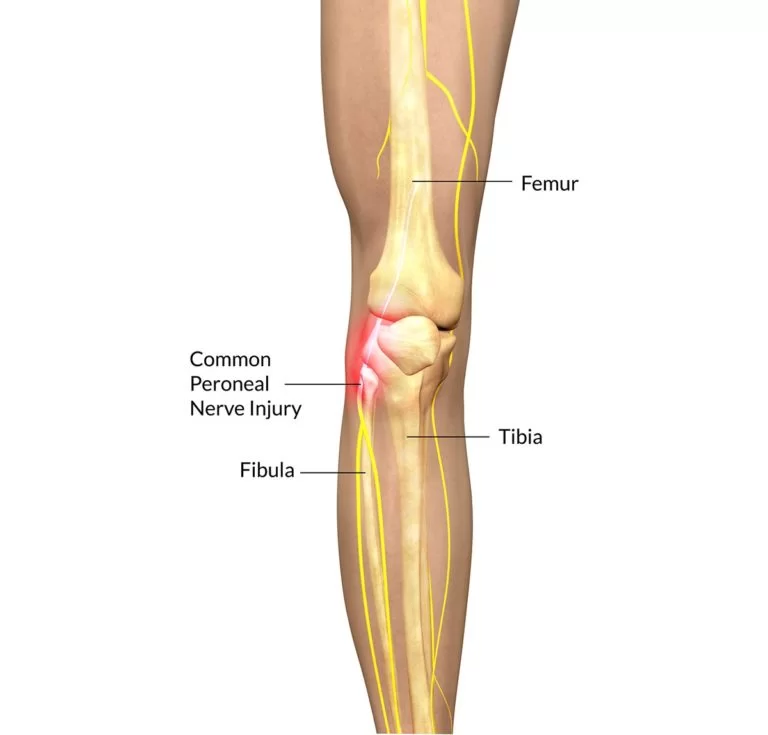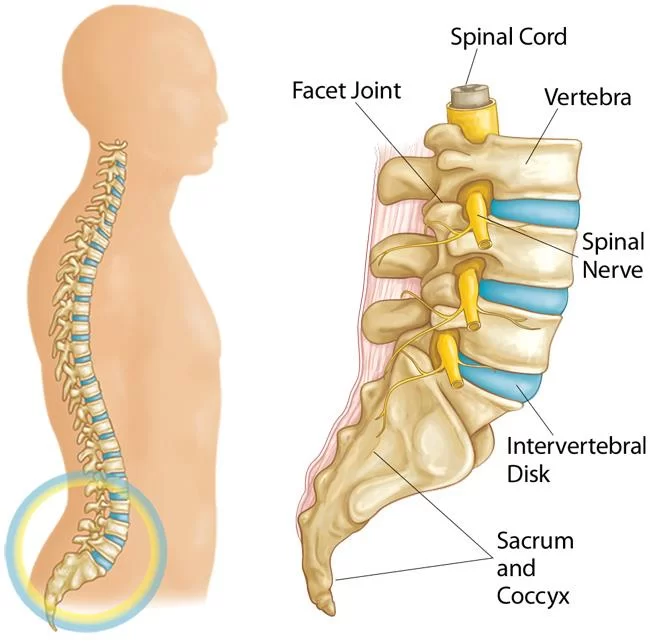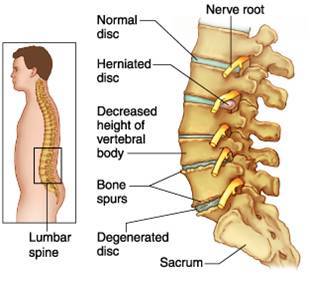Knee Valgus (Genu Valgum)
What is a Knee Valgus (Genu Valgum)? Knee valgus is valgus collapse and medial knee displacement. It is characterized by hip adduction and hip internal rotation, usually when in a hips-flexed position (the knee actually abducts and externally rotates) Knee Valgus also known as a knock knee or Genu valgum When standing with the feet…

